Your company’s network infrastructure is a behind-the-scenes player in your overall IT portfolio, one that doesn’t always get that much attention. Other tech areas get plenty of focus: You can’t afford for your customer-facing digital displays to look old and outdated, and you’ll hear it from your office staff if their computers are slow and unreliable.
But your network infrastructure? It just keeps chugging along behind the scenes.
Does your network infrastructure need a checkup? If you haven’t had one in recent memory, then it’s time. This is especially true if your organization doesn’t have any staff dedicated to this area of IT.
Not sure why you’d need a network infrastructure checkup? Here are four of the top motivations to do so.

Outdated Networks Can Put Your Business at Risk
Outdated network infrastructure is more than just a potential productivity loss. That outdated equipment can actually put your business at risk. Here are a few ways that this can happen.
Unsupported Hardware Is Unreliable and Costly
First, when you’re running outdated and even unsupported network infrastructure, you run the risk of putting your business operations at the mercy of unreliable equipment. Worse, that equipment can be quite costly to repair.
Network equipment is made to last a long time, far longer than your typical office PC. This is a good thing in many ways, but it opens the door for some unusual scenarios. It’s not uncommon for a business to have a piece of network hardware that’s still running OK but that was made by a now-defunct manufacturer. Using hardware that’s no longer supported by its manufacturer is another frequent occurrence.
The big problem with these scenarios is the reliability factor. If you’re relying on a piece of hardware that no one can or will support, you’re in danger should that piece of hardware fail. At best, you’re dealing with a very costly specialist repair. At worst, you’ve lost data or uptime (or both) as you scramble to find a new model or version of the unsupported device.
Outdated Networks Are Security Nightmares
Another issue with outdated network hardware is the security component. When your network hardware goes without patches and updates, you give an avenue for hackers and bad actors to infiltrate your system.
It makes sense that if you’re using old, unsupported hardware, you won’t be able to patch vulnerabilities. No one is making the patches. But even current systems can become vulnerable if they aren’t regularly patched.
If you don’t know when your network systems were last updated (or you can’t point to the person responsible for this crucial task), it’s time for a network infrastructure checkup.
Productivity Takes a Hit
Outdated network infrastructure also runs the risk of reducing or minimizing your company’s productivity. This can be the result of the problems discussed above, and it can also happen as technology continues to shift and evolve.
Many businesses recently discovered a network-induced drag on productivity when COVID-19 hit. At one organization, dozens or even hundreds of employees were suddenly trying to log in via VPN from home. And certain newer tools such as Microsoft Teams or OneDrive expected to use protocols that older network switches couldn’t support. Productivity took a hit for remote and on-site employees alike.

Most Common Types of Network Vulnerabilities for Your Business
What specific threat vectors do you open your business up to if your network infrastructure is lagging behind? Here are the top four.
Malware
Malware isn’t just a problem for endpoint devices like the computers your staff uses. Malware can reside in servers, switches, and just about any device in your infrastructure that has its own storage. By using unsupported devices or relying on unpatched hardware, you open your organization up to the risk of malware in the network infrastructure itself.
Unauthorized Access
One of the biggest reasons that hardware and software manufacturers release patches and updates is to prevent unauthorized access. If a security researcher discovers a software exploit, typically, the researcher informs the software maker, who releases a patch. The same thing happens when an active exploit is discovered.
But whatever way the exploit came to light, bad actors will attempt to use the exploit once it’s discovered. If your network infrastructure is sitting there unpatched, you could be vulnerable to this kind of unauthorized access.
Outdated or Unpatched Software
The root cause of the first two threats is usually this one. Outdated or unpatched software in your network infrastructure opens you up to all sorts of threats and vulnerabilities.
Think of it this way: if the bad guys want to get into your systems, you want to make it as difficult as possible. Failing to patch software is a little like leaving the garage door open. To the right unscrupulous person, it looks a lot like an invitation.
Misconfigured Firewall & Operating Systems
The basic premise of a firewall is to prevent unauthorized traffic. But to get work done, you have to have some open ports on your firewall. A misconfigured firewall can be an invitation to bad actors on the one extreme or a massive impedance to getting work done on the other.
HVAC contractors don’t need to log in to POS terminals, and they couldn’t in that situation. But by gaining access to the network through another means, the bad actors eventually found their way into the POS terminals.

The Importance of Having A Secure Network Infrastructure
The goal of a network infrastructure checkup isn’t simply to patch the holes in old, vulnerable equipment. No, the true goal is to create a network infrastructure that’s fully up to date and secure.
First, having a secure network infrastructure reduces downtime. When you rely on outdated or unsupported equipment, every malfunction runs the risk of significant downtime. You have to find a way to fix the thing that broke, or you have to replace it with something newer.
If you choose the latter, there’s inevitably going to be time lost to installing and configuring the new hardware, plus making sure it plays nice with the rest of your setup.
When your setup is modern and secure, you’ll have more uptime. More uptime makes your customers happier and your staff more productive.
Second, a modern, secure network infrastructure allows you to implement the latest in access control. By limiting who has access to what data on your network, you significantly reduce the risk of an employee-sponsored leak or data theft.
In this way, you can protect sensitive data and information from getting stolen or just simply seen by the wrong people. If your older system doesn’t allow for access control, anyone can see anything that’s anywhere on the network. And that’s rarely a solid business plan.

Network Infrastructure Upgrades: How They Benefit Your Business
We’ve covered the dangers and downsides of having outdated and unsupported network equipment. But let’s take a more positive approach. What are the business benefits of upgrading your network infrastructure?

Time for a Network Infrastructure Checkup? We Can Help
If you’re starting to have some concerns about your network infrastructure, now is the time for a network infrastructure checkup. Whether you’re unsure of the state of your network, you know it’s in need of some upgrades, or you’d just like an expert outside opinion, Southeastern Technical is here to help.
Our expert team has been serving the greater Atlanta and Gainesville area for over 20 years, providing high-level, high-touch customer service for every client we serve.






